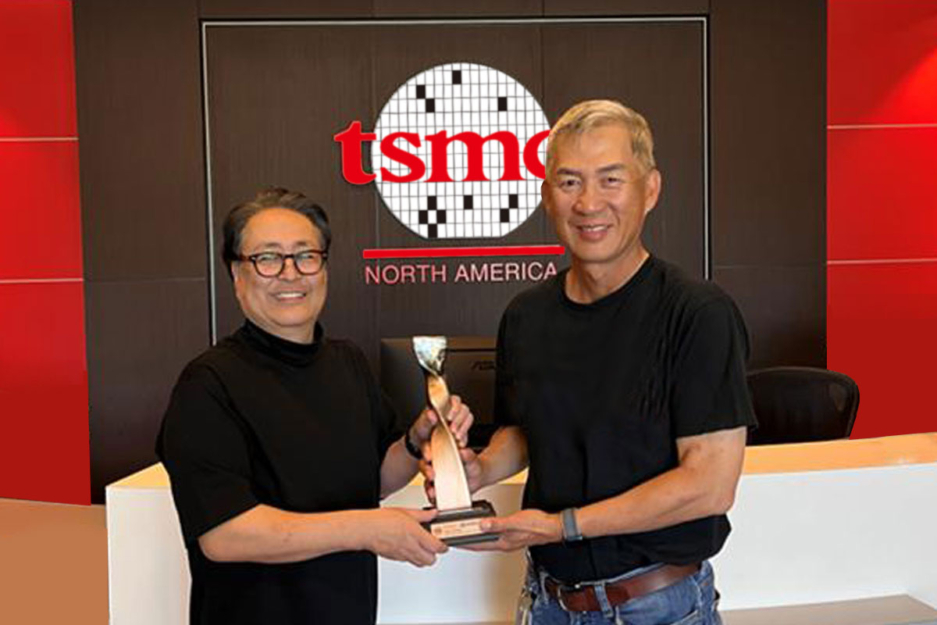apollo 3.5 blue plus processor - An Overview
apollo 3.5 blue plus processor - An Overview
Blog Article

This continues to be way over 3 Gentlemen with a mission towards the Moon; far more, continue to, as opposed to endeavours of the federal government and marketplace team; a lot more, even, compared to initiatives of one country. We think that this stands as a symbol on the insatiable curiosity of all mankind to take a look at the unidentified .
Subsequently, the company has served many leading international producers create products that can operate for times – in some cases several years – both by battery or Vitality harvest.
In 1965, the Apollo Apps Program (AAP) was developed to explore science missions that might be done using Apollo components. Considerably with the scheduling centered on the idea of a space station. Wernher von Braun's before (1964) plans employed a "wet workshop" concept, which has a used S-II Saturn V next phase currently being introduced into orbit and outfitted in Place. The subsequent 12 months AAP researched a more compact station utilizing the Saturn IB 2nd stage. By 1969, Apollo funding cuts eradicated the opportunity of procuring more Apollo components and forced the cancellation of some afterwards Moon landing flights.
Apollo4 01 The Apollo4 SoC relatives will be the 4th era technique processor Answer created on the Ambiq® proprietary Subthreshold Electric power-Optimized Technologies (SPOT®) platform. Apollo4's finish components and program solution enables the battery-run endpoint devices of tomorrow to attain a higher level of intelligence without having sacrificing battery daily life.
All through splashdown, Columbia landed upside down but was righted inside of 10 minutes by flotation luggage activated through the astronauts.
They jettisoned Eagle prior to they executed the maneuvers that propelled Columbia away from the last of its thirty lunar orbits onto a trajectory back to Earth.[nine] They returned to Earth and splashed down inside the Pacific Ocean on July 24 following more than 8 days in space.
About ninety seconds before the second stage cutoff, the middle motor shut down to lessen longitudinal pogo oscillations. At all over this time, the LOX move level lessened, transforming the combo ratio of the two propellants and making certain that there will be as tiny propellant as you possibly can left within the tanks at the end of next phase flight. This was performed in a predetermined delta-v.[35]
The pause concerning these steps would give time for your crew to flee by way of the Start Escape Tower or (inside the afterwards phases with the flight) the propulsion program of the Provider module. A third command, "Risk-free", was used following the S-IVB phase attained orbit to irreversibly deactivate the self-destruct procedure. The program was inactive given that the rocket was nevertheless over the launch pad.[seventy five] Startup sequence[edit]
Within the Apollo 13 mission, the inboard engine experienced from important pogo oscillation, causing an early computerized cutoff. To guarantee enough velocity was achieved, the remaining four engines had been kept active for for a longer period than prepared.
Armstrong intended to say "That's 1 little stage for a man", but the phrase "a" just isn't audible within the transmission, and therefore wasn't originally documented by most observers in the Reside broadcast. When later asked about his estimate, Armstrong stated he believed he reported "for a person", and subsequent printed versions from the quote bundled the "a" in sq. brackets. 1 clarification for your absence may be that his accent brought about him to slur the terms "to get a" alongside one another; Yet another will be the intermittent mother nature on the audio and video clip links to Earth, partly as a consequence of storms around Parkes Observatory.
July 1969. It’s a little about eight yrs Because the flights of Gagarin and Shepard, adopted quickly by President Kennedy’s problem to put a man around the moon ahead of the decade is out.
[a hundred and ten] Mission controllers had planned to ship Apollo 12's S-IVB into photo voltaic orbit just after separation from the Apollo spacecraft, but it is believed the burn up lasted way too long, and consequently didn't mail it shut enough on the Moon, so it remained in a scarcely steady orbit round the Earth and Moon. In 1971, via a series of gravitational perturbations, it really is thought to own entered in the photo voltaic orbit after which returned into weakly captured Earth orbit 31 several years later on. It still left Earth orbit once again in June 2003.[111] See also[edit]
Armstrong then jumped onto the ladder's 3rd rung, and climbed into the LM. Soon after transferring to LM everyday living assistance, the explorers lightened the ascent phase with the return to lunar orbit by tossing out their PLSS backpacks, lunar overshoes, an empty Hasselblad camera, and also other gear. The hatch was closed yet again at 05:eleven:thirteen. They then pressurized the LM and settled down to rest.[163]
Counting on Ambiq’s merchandise to empower your shopper devices to past for times, months, months or even years on just one demand.
Get Smart. Use Less Energy.
Ultra-low power SoCs for IoT endpoint devices
that demand complex operations
and longer battery life.
✍ Ambiq® is committed to further improve the quality of life by enabling the intelligence of endpoints while further reducing carbon footprints. Ambiq – your partner in endpoint intelligence.
✯✯✯Based in Austin, San Jose, Hsinchu, Shenzhen, and Shanghai, our leadership and management teams consist of advocates, builders, enthusiasts, entrepreneurs, explorers, incubators, inventors, pioneers, protectors, thinkers, and visionaries. With a diverse spectrum of experiences and skillset, we came together and united with one goal to enable the true Internet of Things where the battery-powered endpoint devices can truly be connected intuitively and intelligently 24/7.
Ambiq Wins the Demo of the Year Award at 2023 TSMC Technology Symposium
September 7, 2023, Austin, TX – Ambiq®, a leading developer of ultra-low-power semiconductor solutions that deliver a multifold increase in energy efficiency, was awarded the Demo of the Year Award by TSMC as a participant of the Innovation Zone at the 2023 TSMC North America Technology Symposium.
Ambiq Wins the Demo of the Year Award at 2023 TSMC Technology Symposium
During the April event, Ambiq showcased various product design wins using TSMC’s 22nm technology in wearables, digital health, smart home, Industrial IoT, pet trackers, and retail segments, with industry-leading energy efficiency. Ambiq also featured two live demos emphasizing its leadership in enabling endpoint AI with its HeartKit™ for remote patient monitoring and its graphics display capabilities for a vivid user interface. 
TSMC pioneered the pure-play semiconductor foundry business model when it was founded in 1987, helping startup companies accelerate their innovations by providing access to the industry’s leading process technologies and manufacturing capacity. Since 2021, evaluation board TSMC has expanded that mission with an Innovation Zone at its worldwide Technology Symposiums, highlighting how TSMC partners with startup companies to enable cutting-edge products from various applications, including high-performance computing, communication, automotive, IoT, and consumer segments.
“We’re grateful to TSMC and our booth visitors for allowing us to share our energy-efficient technology and processor solutions with them,” said Ambiq’s CEO, Fumihide Esaka. “We’re moving towards an exciting frontier of AI becoming more engrained with our daily lives. With that vision on the horizon, we will continue to develop innovative and first-of-its-kind ultra-low-powered solutions that keep innovation and sustainability in mind. 
Ambiq’s mission is to develop the lowest-power semiconductor solutions to enable intelligent devices everywhere by developing the lowest-power semiconductor solutions to drive a more energy-efficient, sustainable, and data-driven world. Ambiq has helped leading manufacturers worldwide develop products that last weeks on a single charge (rather than days), while delivering a maximum feature set in compact industrial designs. Ambiq’s goal is to take Artificial Intelligence (AI) where it has never gone before in mobile and portable devices, using Ambiq’s advanced ultra-low power system on chip (SoC) solutions. Ambiq has shipped more than 200 million units as of March 2023.
Ambiq Designs Low-Power for Next Gen Endpoint Devices
Ambiq’s VP of Architecture and Product Planning, Dan Cermak, joins the ipXchange team at CES to discuss how manufacturers can improve their products with ultra-low power. As technology becomes more sophisticated, energy consumption continues to grow. Here Dan outlines how Ambiq stays ahead of the curve by planning for energy requirements 5 years in advance.
Ambiq Highlights From Embedded Low power Microcontrollers World 2024
Facebook | Linkedin | Twitter | YouTube